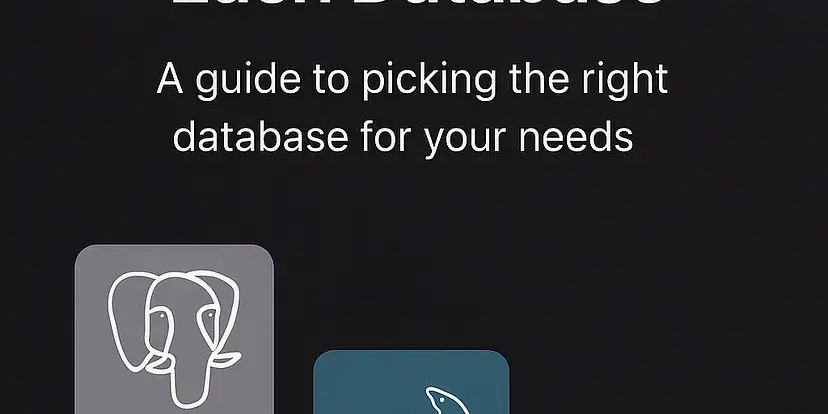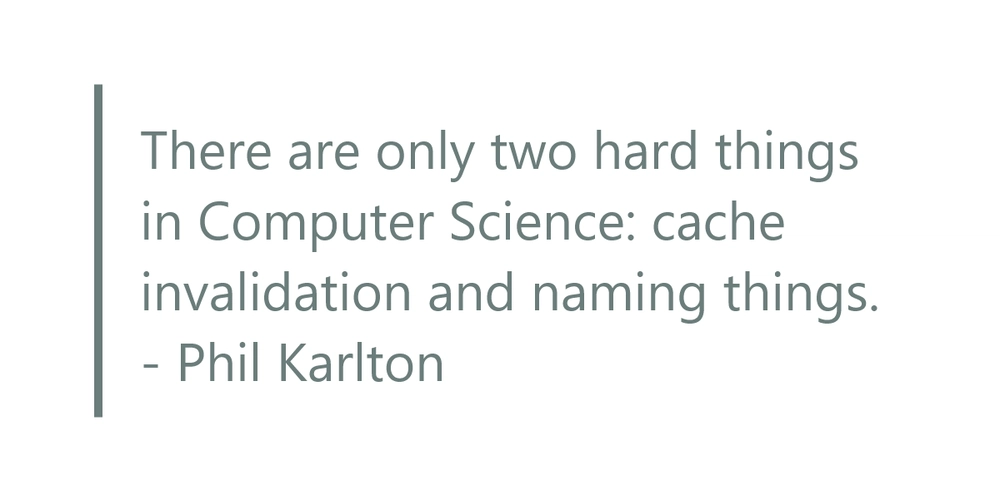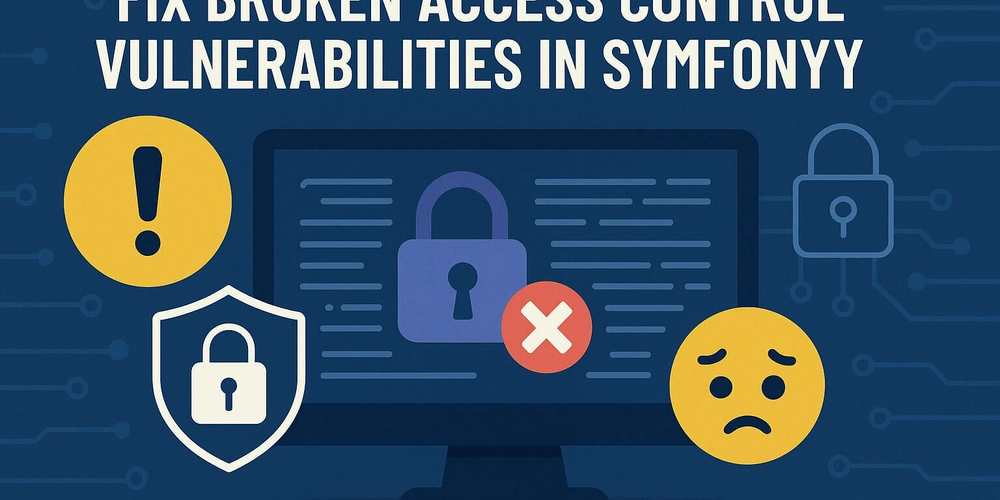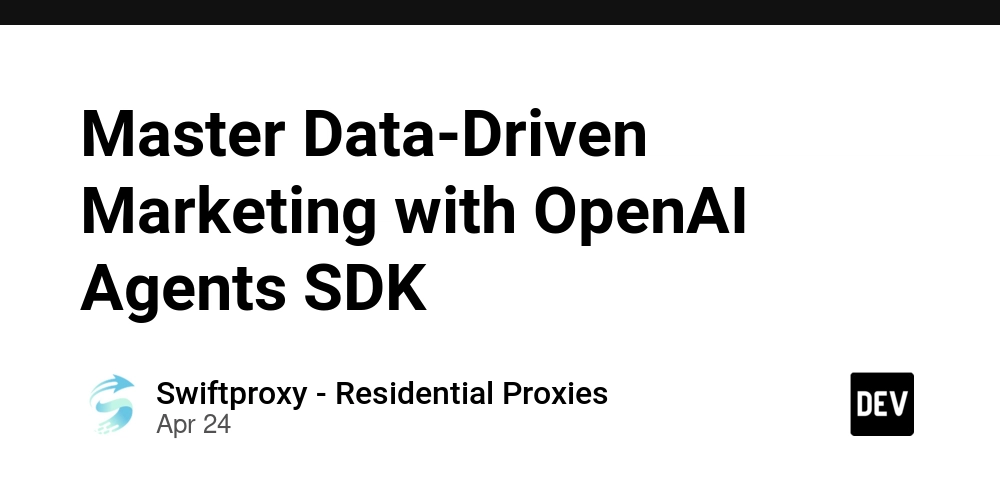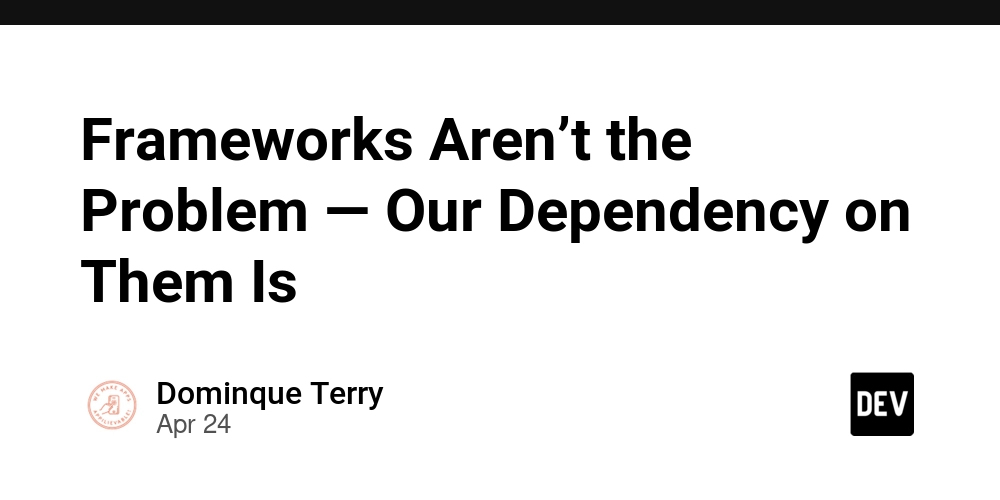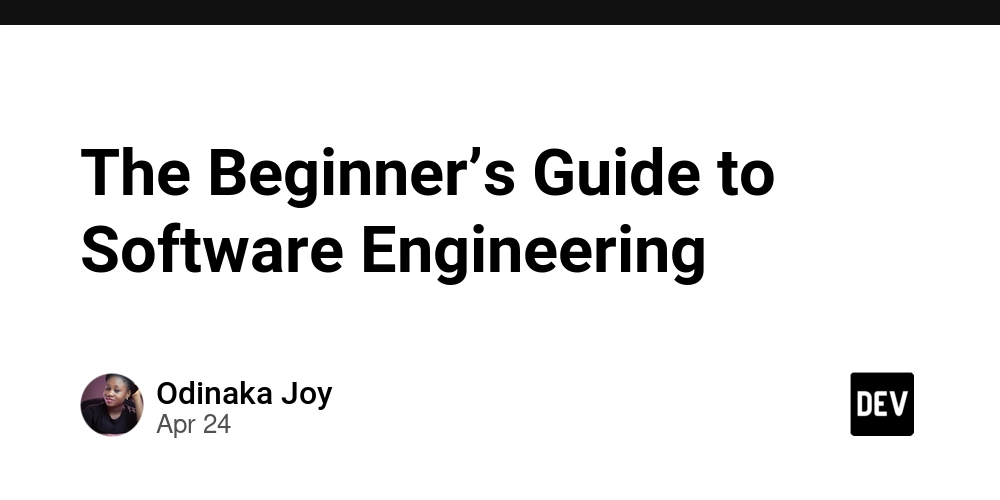
The Ultimate Guide to Software Engineering for Beginners: From Zero to Problem Solver
Are you curious about what goes into building the apps and websites you use every day? This beginner's guide to software engineering will break down complex concepts into easy-to-understand steps. Learn the difference between programming and engineering, explore the software development lifecycle, and discover how to kickstart your journey into this exciting field.
What is Software Engineering? Building Solutions, Not Just Code
Software engineering is the structured process of planning, designing, building, testing, and maintaining software. It's is more than just writing lines of code; it's about crafting solutions to real-world problems through systematic teamwork and creating robust, scalable, and maintainable systems.
Programming vs. Software Engineering: What's the Difference?
While programming focuses on writing code to achieve a specific task, software engineering involves a holistic approach. This includes designing the system architecture, collaborating with a team, adhering to best practices, and ensuring the software's long-term maintainability. Building excellent software demands more than just coding skills.
The "Software Crisis": Why We Need Engineering Principles
In the past, software projects often faced issues like delays, unmet requirements, bugs, and high costs. This "Software Crisis" led to the adoption of engineering methods. This systematic approach to planning and building software, known as the Software Development Life Cycle (SDLC), mirrors practices in fields like construction and electronics.
Demystifying the SDLC: Your Roadmap to Software Development
The Software Development Life Cycle (SDLC) is a structured, step-by-step process that teams follow to build software effectively. Each phase in the SDLC minimizes errors and maximizes quality ensuring a smooth and successful project.
Here's a breakdown of the key phases:
- Planning: Defining the project's goals and scope. What are we building and why?
- Requirements: Gathering and documenting what the software should do and what users need. What problems does it solve?
- Design: Creating the blueprint for how the software will look and function. How will it work?
- Development: Writing the actual code based on the design. Let's build it!
- Testing: Ensuring the software works as expected and identifying bugs. Does it work right?
- Maintenance: Fixing bugs, updating the software, and improving it over time. Keep it running smoothly.
Deep Dive: Requirements Gathering & Analysis – Defining the "What" and "Why"
Understanding the client's needs is paramount.
Methods for Gathering Requirements:
- Surveys and Questionnaires: Gather user feedback.
- Interviews: Talk to stakeholders and experts.
- Focus Groups: Understand group needs and opinions.
- Observations: Watch users interact with systems.
- Use Case Analysis: Identify user tasks and goals from their perspective.
Requirements Analysis: Ensuring Clarity & Feasibility
- Define the Scope: Determine what the software will and won't do.
- Prioritize Features: Identify the most important features.
- Ensure Feasibility: Confirm the project is doable within budget and time.
The Deliverables:
- Functional Requirements Document: Details what the system should do (e.g., user login, search functionality, report generation). Often captured as user stories in Agile methodologies.
- Non-Functional Requirements Document: Describes how well the system performs (e.g., performance, security, usability, scalability). Example: the response time should be under 2 seconds.
Use Case Analysis & User Stories: Capturing User Needs
Use case analysis provides a detailed view of how users interact with a system. Example: An actor is a User, they Goal is to log in, and the flow is entering credentials and gaining access to their account.
User stories offer short, simple descriptions of features from the user’s perspective, guiding iterative development in Agile environments. Example: "As a user, I want to log in so I can access my account."
Acceptance criteria specify the conditions for a user story to be considered complete. Example: User sees an error message if they enter the wrong details.
Planning: Architecting the System for Success
In the planning phase, the focus is on designing the system's architecture, ensuring it is maintainable, scalable, and efficient.
- Modularization: Breaking down the system into manageable modules. Example: A module that handles shopping carts.
- High Cohesion: Ensuring components within a module are closely related to its purpose. Example: A "User" handles user management.
- Low Coupling: Minimizing dependencies between modules. Example: Changes to a "User" module won’t break a "Payment" module.
- Mockups and Prototypes: Visual designs and interactive models used to gather feedback. Example: Wireframes of the user interface.
The planning phase sets the stage for robust development through the practices of high cohesion and low coupling, this strengthens separation of concerns which increases code readability and maintainability.
Development: Writing Clean, Maintainable Code
This phase is where the actual coding happens. Best practices emphasize efficiency, maintainability, and scalability.
- Design Patterns: Proven solutions to common design problems (Singleton, Observer, Factory).
- Development Principles: Guiding principles for writing better, simpler code (SOLID, DRY, KISS, YAGNI).
- Clean Code: Writing code that is easy to read, understand, and maintain through good naming conventions, and proper formatting.
- Version Control: Managing code changes and collaboration using tools like Git, GitHub, GitLab, and Bitbucket.
- Unit Testing: Testing individual components to ensure they work as expected. Example: Verifying that your shopping cart function gives the correct price.
- Continuous Integration/Continuous Deployment (CI/CD): Automating code integration and deployment (Jenkins, Travis CI, CircleCI, GitHub Actions).
Testing: Ensuring Quality and Reliability
Testing is about finding bugs and validating that the software meets user needs early.
- Test-Driven Development (TDD): Writing tests before code to stay focused and catch issues early.
- Code Coverage: Measuring how much of your code is being tested.
- Types of Testing: Unit, integration, system, acceptance, and regression testing ensures quality throughout the development process.
Tools & Tech Stack: The Software Engineer's Arsenal
Software engineers use different tools and technologies depending on their project.
- Frontend: HTML, CSS, JavaScript, React, Vue.
- Backend: Node.js, Express, Python, Django, Java, Spring.
- Databases: MongoDB, PostgreSQL, MySQL.
- Version Control: Git, GitHub, GitLab.
- DevOps & Deployment: Docker, GitHub Actions, Netlify, Vercel, AWS.
- Collaboration: Jira, Trello, Slack, Notion.
Career Paths in Software Engineering: Finding Your Niche
Here are some common roles:
- Frontend, Backend, and Full-Stack Developer
- DevOps Engineer
- QA Engineer
- Mobile Developer
- Data/AI Engineer
- Software Architect
- Engineering Manager
How to Grow as a Software Engineer: A Journey of Learning
Continued growth involves:
- Continuous Learning
- Building Projects
- Reading Code
- Asking Questions
- Writing Clean Code
- Collaboration
- Staying Curious
Final Thoughts: Embrace the Journey
Software engineering transforms coding into solving real-world problems. It requires practice, curiosity, and a solution-oriented mindset. Every engineer starts as a beginner, so embrace the journey.

